Common Football Injuries and Know How to Avoid Them
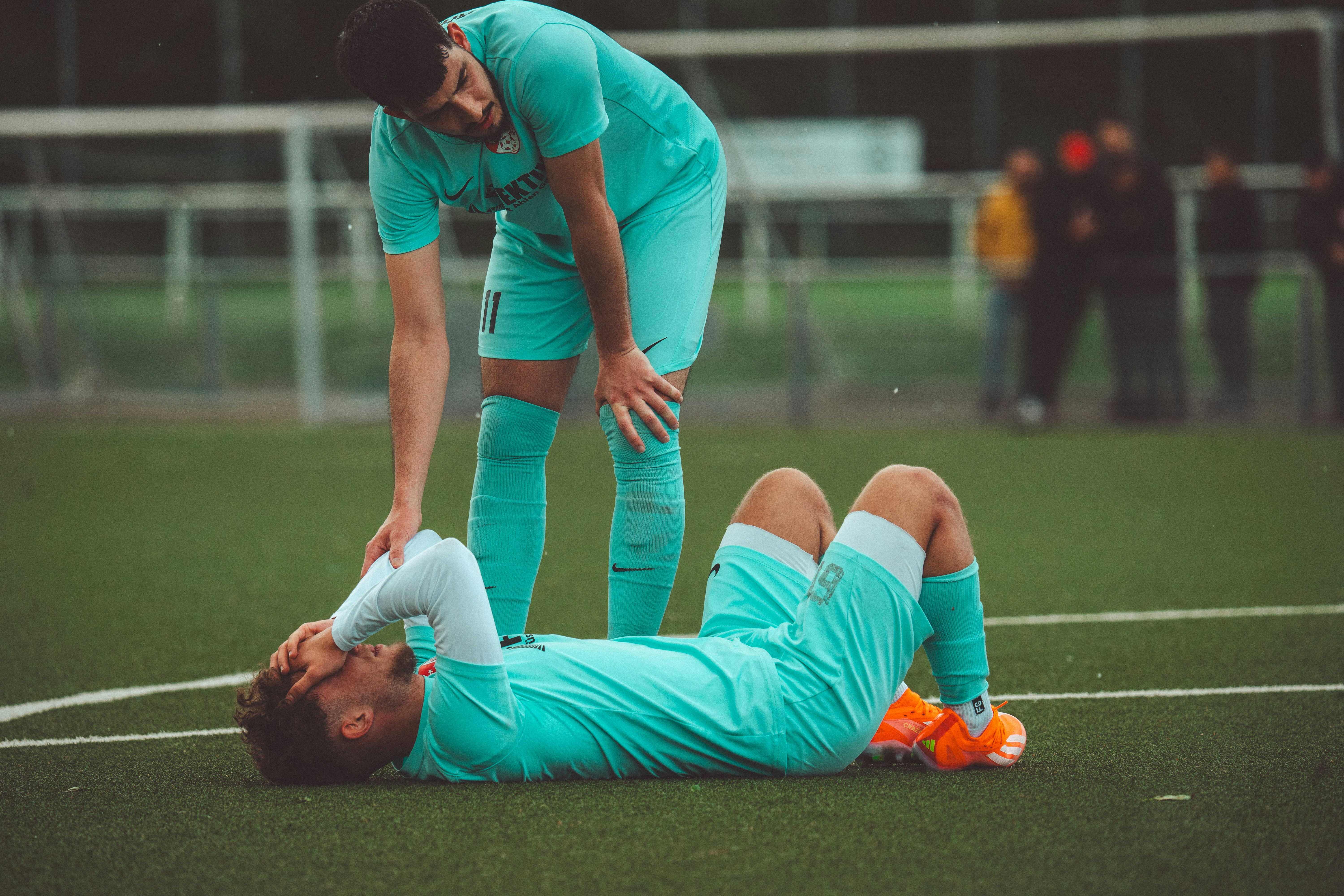
Introduction
Playing football brings joy, fitness benefits, and teamwork skills, but it also carries injury risks that can sideline players for weeks or even end careers. Whether you're a weekend warrior or training your child to be the next Messi, understanding common football injuries and prevention strategies is crucial for long-term success in the sport.
The consequences of ignoring proper injury prevention can be devastating – from missing critical matches to suffering long-term physical limitations. This comprehensive guide provides actionable strategies to help you avoid common football injuries while maximizing your performance and enjoyment of the beautiful game.
Most Common Football Injuries
Football places unique demands on the body, resulting in several frequently occurring injuries:
1. Ankle Sprains
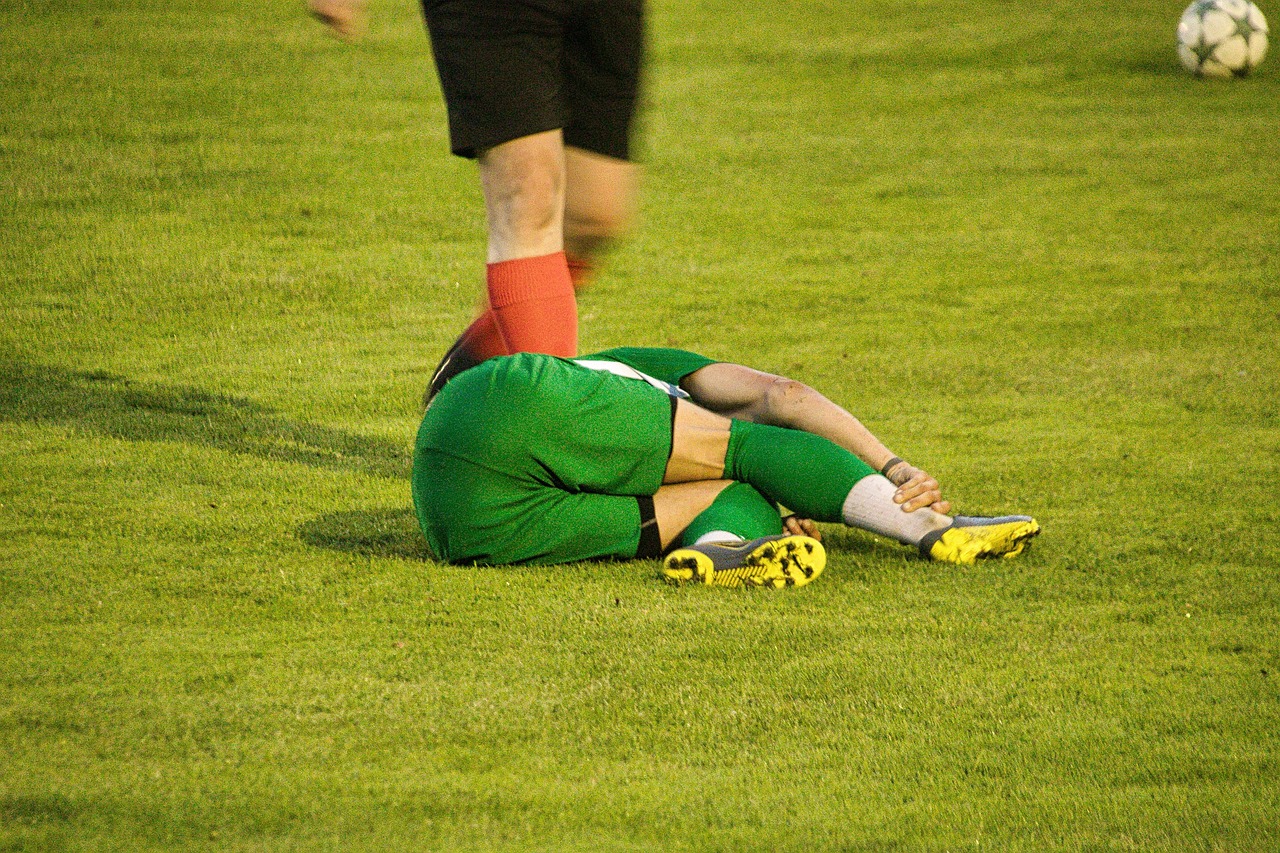
Ankle sprains account for approximately 20% of all football injuries. These occur when the ankle rolls inward or outward, stretching or tearing the ligaments. Players often experience this when landing awkwardly after jumping or during quick direction changes.
Prevention tips:
- Strengthen ankle muscles through balance exercises
- Use proper taping techniques before matches
- Wear appropriate football boots for artificial grass
- Practice proper landing mechanics
2. Hamstring Strains
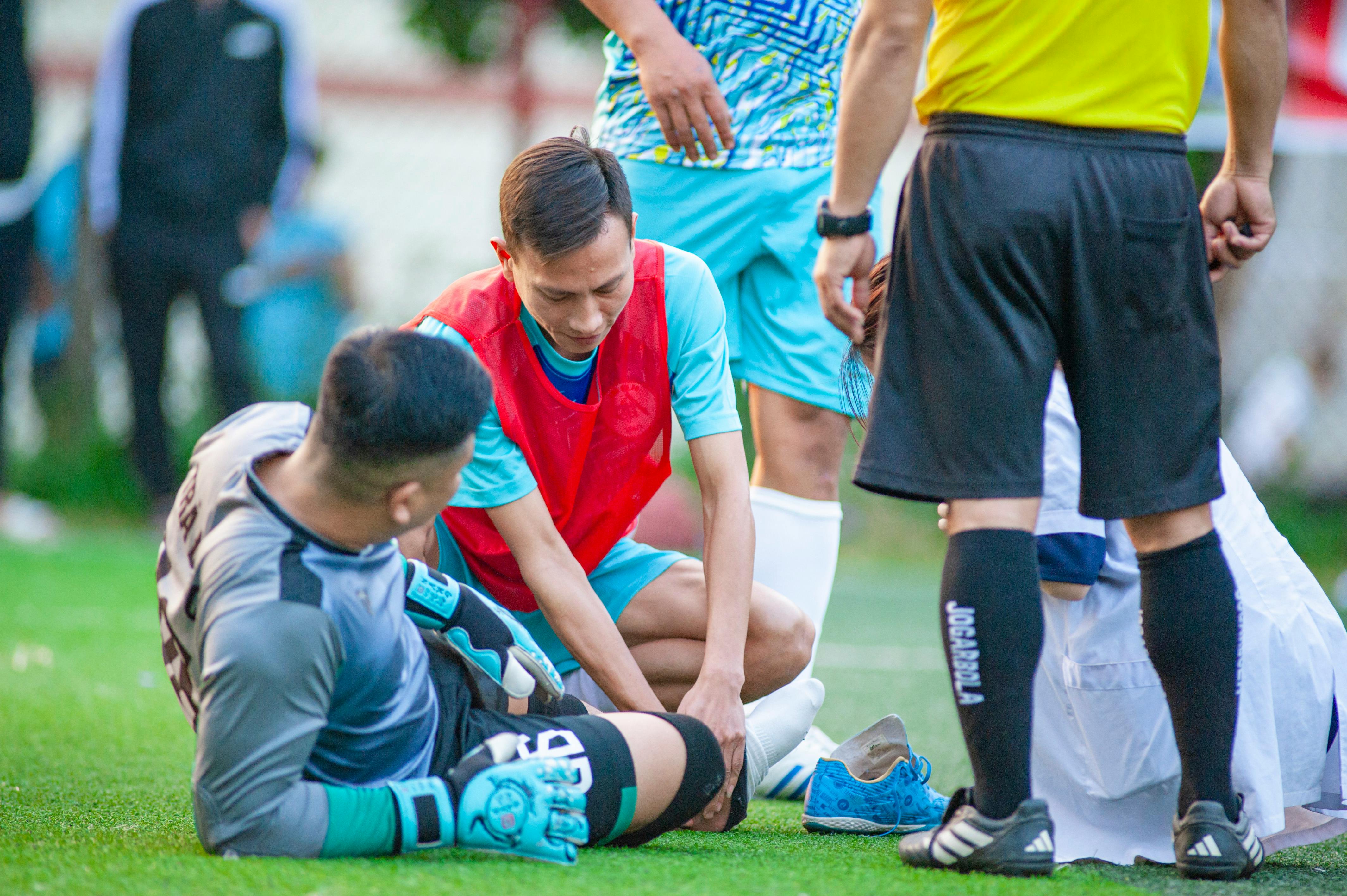
Hamstring injuries are particularly common and frustrating, with a high recurrence rate. These muscles at the back of the thigh are vulnerable during sprinting and kicking.
Prevention tips:
- Implement dynamic stretching in warm-ups
- Develop posterior chain strength
- Gradually increase sprint intensity in training
- Follow essential exercises for football players regimens
3. Knee Injuries
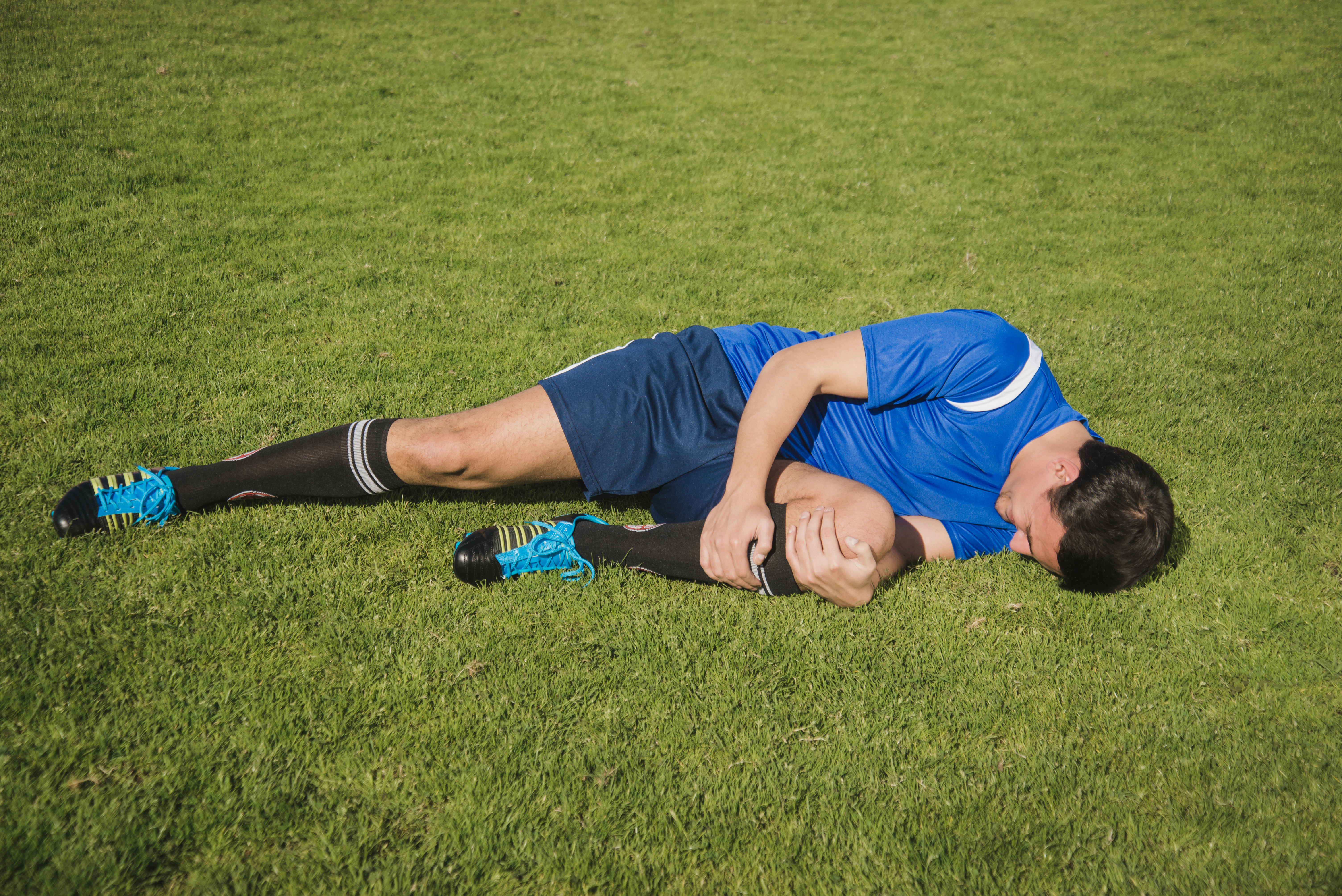
Knee injuries, including ACL (Anterior Cruciate Ligament) tears, MCL (Medial Collateral Ligament) sprains, and meniscus tears, are among the most serious football injuries.
Prevention tips:
- Develop proper landing mechanics
- Strengthen quadriceps and hamstring muscles
- Improve core stability
- Incorporate football training session ideas that focus on knee stability
4. Groin Strains

Groin strains occur when the muscles of the inner thigh are stretched beyond their limits, often during side-to-side movements, quick direction changes, or powerful kicks.
Prevention tips:
- Regular adductor strengthening exercises
- Dynamic stretching focusing on the groin area
- Proper warm-up before explosive movements
- Gradual progression in training intensity
5. Muscle Contusions
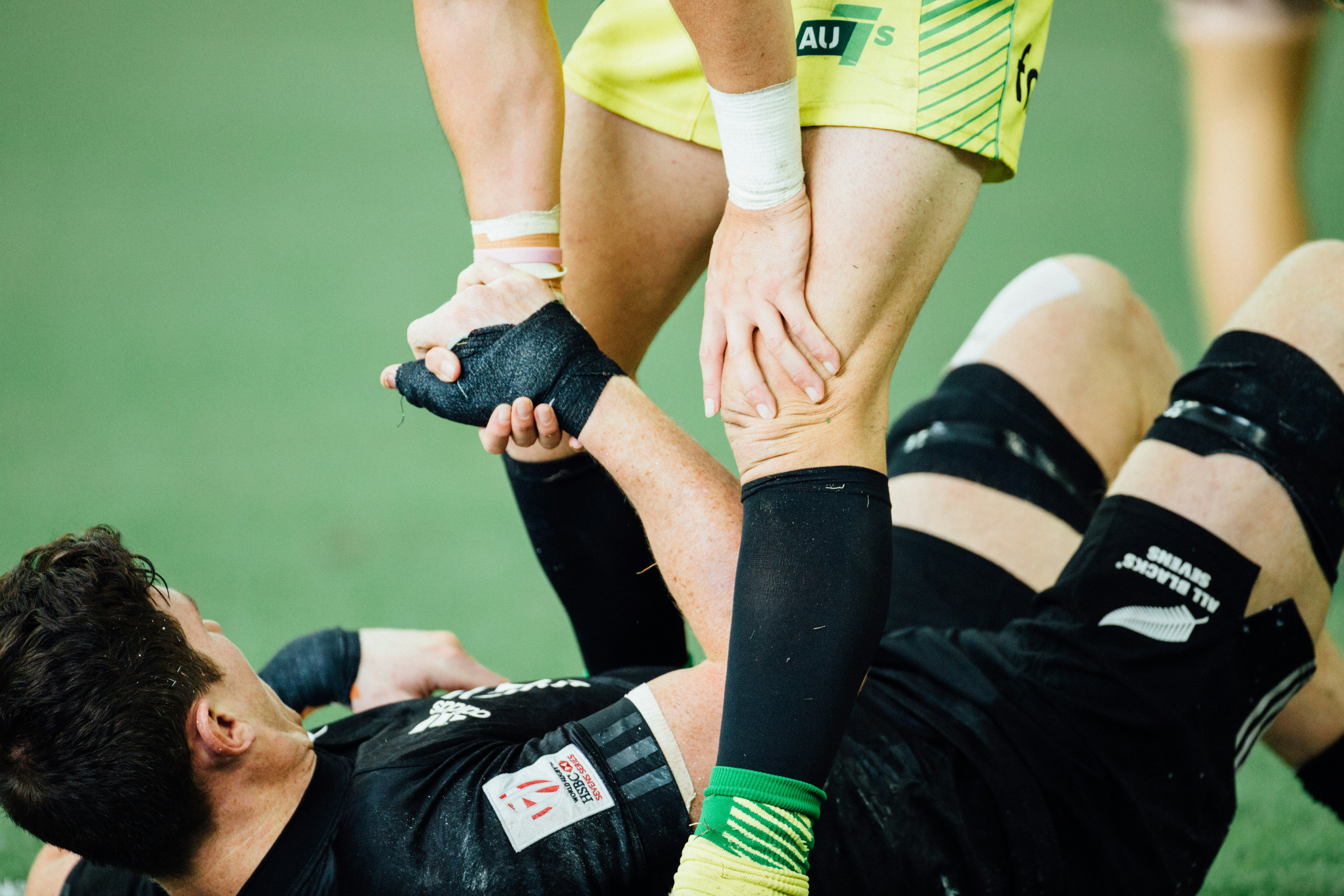
Contusions (bruises) from direct impacts with other players, the ground, or equipment are extremely common in football.
Prevention tips:
- Wear appropriate padding where allowed
- Develop core strength for stability during contact
- Practice how to tackle without a foul in football to reduce collision risks
- Train reaction time to avoid impacts
The Most Severe Football Injuries to Be Aware Of
While all injuries are concerning, some football injuries can be career-threatening or have long-term consequences:
ACL Tears
ACL tears often require surgery and 6-9 months of rehabilitation. These devastating injuries typically occur during non-contact cutting movements or landing.
Fractures
Broken bones, particularly to the ankle, foot, or lower leg, can require extended recovery periods and sometimes surgical intervention.
Concussions
Head injuries are increasingly recognized as serious concerns in football. Repeated concussions can lead to long-term cognitive issues and must be treated with extreme caution.
Prevention focus:
- Learn proper heading technique
- Strengthen neck muscles
- Follow concussion protocols strictly
- Develop mental toughness in football without sacrificing safety
Injury Prevention Strategies

Proper Warm-Up Techniques
A thorough warm-up is your first defense against injuries. It prepares your body for the demands of football by:
- Increasing body temperature and blood flow
- Enhancing muscle elasticity
- Improving nervous system responsiveness
- Mentally preparing for activity
Effective football warm-up routine:
- 5-10 minutes of light jogging or dynamic movement
- Dynamic stretching focusing on major muscle groups
- Sport-specific movements (cutting, jumping, passing)
- Gradual intensity progression
For young players, parents should understand the role of parents in supporting young football players, which includes ensuring proper warm-up habits.
Strength and Conditioning for Injury Prevention
Core strength forms the foundation of injury prevention. A strong core stabilizes your body during the unpredictable movements in football. Key exercises include:
- Planks and side planks
- Russian twists
- Medicine ball rotations
- Anti-rotation exercises
Lower body strength is crucial for preventing the most common football injuries:
- Squats and lunges for quadriceps and glutes
- Romanian deadlifts for hamstrings
- Calf raises for ankle stability
- Single-leg exercises for balance and stability
For young players, age-appropriate strength training is essential. Parents wondering about the best age to join a football academy should consider that proper physical development is a key factor in readiness.
The Importance of Proper Technique

Many football injuries occur due to poor technique, particularly during:
- Tackling: Learning how to tackle without a foul in football not only prevents penalties but also reduces injury risk.
- Landing: Proper landing mechanics with bent knees and hips absorb force and protect joints.
- Heading: Proper technique involves using the forehead and engaging neck muscles to reduce concussion risk.
- Turning: Quick direction changes should involve proper foot placement and body positioning.
Young players benefit from learning proper techniques early through football coaching for kids in Dubai and similar programs that emphasize fundamentals.
Nutrition and Hydration for Injury Prevention

What you eat directly impacts your injury risk. Proper nutrition supports:
- Muscle repair and recovery
- Bone strength
- Energy levels
- Immune function
Key nutritional factors:
- Adequate protein intake (1.6-1.8g per kg of body weight)
- Sufficient calcium and vitamin D for bone health
- Anti-inflammatory foods (fatty fish, berries, nuts)
- Proper hydration before, during, and after play
Young players have special nutritional needs, as outlined in nutrition tips for young footballers.
Recovery Protocols After Injury
Despite best prevention efforts, injuries can still occur. Proper recovery is essential to prevent recurrence and long-term issues:
PRICE Protocol for Immediate Response
- Protection: Prevent further injury
- Rest: Allow healing to begin
- Ice: Reduce inflammation
- Compression: Minimize swelling
- Elevation: Reduce blood flow to injured area
Progressive Return to Play
Rushing back too quickly is a common mistake that leads to re-injury. A gradual return should follow these phases:
- Pain-free movement
- Restoration of full range of motion
- Strength rebuilding
- Sport-specific drills
- Non-contact practice
- Full return to play
For serious injuries, work with medical professionals to develop a personalized return plan. Players can benefit from how to improve football skills resources during recovery to maintain technical abilities.
The Role of Proper Equipment
Quality equipment provides crucial protection:
- Footwear: Choose appropriate football boots for artificial grass or natural surfaces
- Shin guards: Essential for protecting against impact injuries
- Playing surface: Different surfaces carry different risks; understand the benefits of playing football on professional-grade turf
- Goalkeeping equipment: Specialized protection for how to be a good football goalkeeper
Mental Aspects of Injury Prevention and Recovery
The psychological component of injury prevention is often overlooked but critical:
- Focus and awareness reduce accident risk
- Stress management prevents muscle tension that can lead to injury
- Fear of re-injury can alter movement patterns and increase risk
- Developing leadership and teamwork in football creates a culture of safety
FAQs About Football Injuries
How to prevent common football injuries?
Prevent football injuries through proper warm-up, strength training, technique improvement, adequate rest, and appropriate equipment. Progressive training intensity and listening to your body are also crucial for injury prevention.
What are the most worst type of football injuries?
The most severe football injuries include ACL tears, spinal injuries, complex fractures, and traumatic brain injuries. These can require surgery, extensive rehabilitation, and may have long-term consequences for players.
How long does recovery from a hamstring strain typically take?
Recovery from a hamstring strain typically takes 2-6 weeks depending on severity. Grade 1 strains may heal in 7-10 days, while Grade 3 tears can require 6+ weeks and sometimes surgical intervention.
Should youth players do strength training for injury prevention?
Yes, age-appropriate strength training is beneficial for youth players. Focus on bodyweight exercises, proper technique, and gradual progression rather than heavy weights. This builds a foundation for tactics and techniques for children in football.
How can I strengthen my ankles to prevent sprains?
Strengthen ankles through balance exercises like single-leg stands, resistance band work, proprioception training, and calf raises. Incorporate these into your football training session ideas.
What's the best way to recover between matches to prevent overuse injuries?
Optimal recovery includes adequate sleep (8+ hours), proper hydration, nutritious meals, active recovery (light movement), compression garments, and contrast therapy (alternating hot and cold).
Are artificial turf fields more likely to cause injuries?
Research shows different injury patterns on artificial turf versus natural grass. Understanding the benefits of playing football on turf helps players adapt technique appropriately.
How can I mentally recover from a serious injury?
Mental recovery involves setting realistic goals, focusing on controllable aspects, working with sports psychologists when needed, and developing mental toughness in football.
What nutritional supplements might help prevent injuries?
Evidence suggests omega-3 fatty acids, vitamin D, collagen, and protein supplements may support injury prevention when used alongside a balanced diet following the importance of nutrition in football training.
When should I seek medical attention for a football injury?
Seek immediate medical attention for suspected fractures, joint dislocations, concussion symptoms, inability to bear weight, significant swelling, or persistent pain lasting more than a few days.
Conclusion
Football injuries are common but not inevitable. Through proper preparation, technique, equipment, and recovery protocols, players at all levels can significantly reduce their injury risk while improving performance.
Remember that injury prevention is an ongoing process requiring attention to detail and consistency. Whether you're playing recreationally, competing at a high level, or supporting young players, implementing these strategies will help ensure a long, healthy football career.
For those in Dubai looking to develop their skills in a safe, structured environment, consider programs like football coaching for kids in Dubai or weekend football coaching program for adults in Dubai that emphasize both performance and proper technique.
By taking a proactive approach to injury prevention, you'll not only stay on the pitch more consistently but also enjoy the beautiful game for years to come.
Recent News
How to Improve Your Speed and Agility on the Field (Even If You're Not the Fastest Player)
link